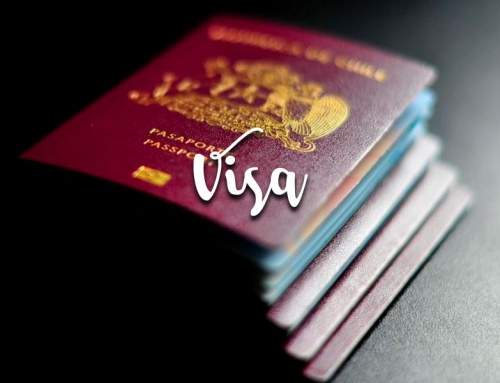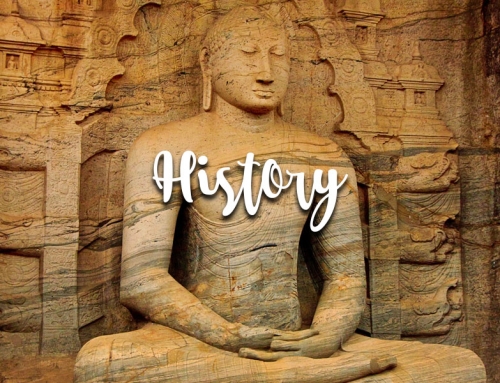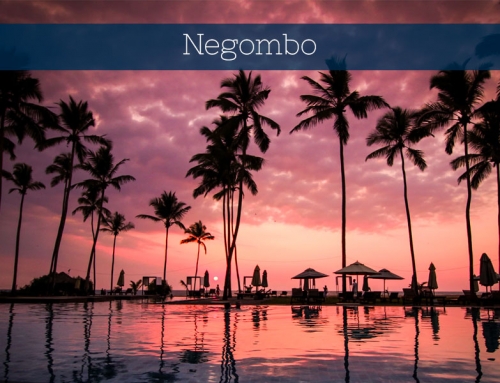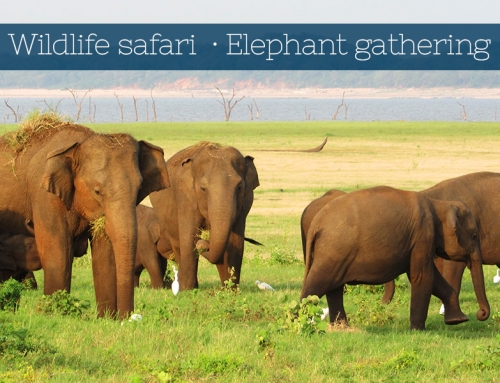Anuradhapura is one of the island’s most famous ancient cities, firmly in place in any tours in Sri Lanka.
Anuradhapura, which lies in the North Central province along the banks of the river Malvathu Oya -205km north of the current capital, was the first established Capital city of Sri Lanka. Established in the 4th century BC by the king Pandukabaya, the kingdom continued to be the seat of power till the 11th century AD. However, archeological evidence puts the founding period of the city firmly in the protohistoric period, i.e. around 10thcentury BC. Anuradhapura was strategically placed between the major ports of the Northwest and Northeast, surrounded by fertile, irrigable land, and buried deep in the jungle while being on higher ground, hence using nature for enhanced defense against invaders.
King Pandukabaya laid out the city in accordance with an organized plan. He built a reservoir, shrines, dwelling for ascetics, chose a location for the graveyard and practically established the city’s boundaries. His son, Mutasiva, who ascended the throne after him, established the royal gardens. However, it was during the period of his successor, Devanambiyatissa, that the culture of Anuradhapura strengthened, as the era of Buddhism arrived with the arrival of the Tooth Relic of Buddha to Sri Lanka. The kings following this noteworthy sovereign, continued to make their mark and pay their respects by creating dagobas/stupas (large Bell shaped Buddhist shrines), monastic buildings, and pokunas (bathing/drinking tanks).
The ancient magnificence and sturdy constructions of this city graces the land to this day in the form of remarkably well-preserved ruins, which can be viewed in their melancholic beauty in the jungles of Anuradhapura. Anuradhapura, the city of kings and the center of Theravada Buddhism, is now a UNESCO World Heritage Site of Sri Lanka. It is a great place to visit with many historical sites.

Sites of interest
Sri Maha Bodhi: Sri Maha Bodhi (the sacred Bo Tree) was brought to Sri Lanka as a sapling and planted in Anuradhapura. It is believed to be a sapling of the tree under which Lord Buddha attained enlightenment in Bodhi Gaya in India. The tree is over 2,200 years old and is the oldest historically documented tree in the world.
Brazen Palace: Brazen Palace (Lovamahapaya) was a dwelling for the Buddhist monks built by King Dutugamunu over 2000 years ago. From the once ten-storeyed, thousand-roomed building, only 1,600 stone columns remain.
Ruvanveliseya: Ruvanveliseya (Great Stupa) was built by King Dutugamunu in the 2nd Century BC. It is a dagaba consisting of a dome top with a pinnacle, standing on a square base. Its shape was inspired by a water bubble floating on water. Within the dome is a chamber containing sacred relics of the Buddha.
Thuparamaya: Thuparamaya is the oldest dagaba (stupa) on the island and is believed to enshrine the right collarbone of Lord Buddha. It was built in the 3rd Century BC by King Devanampiyatissa.
Jetavanaramaya: Jetavanaramaya is the largest stupa in Sri Lanka with a 113 m (367 ft) base. It raises 122 m (400 ft) in height and its perimeter walls enclose 8 acres. It is the 2nd largest monument in the world – 2nd only to the Pyramids of Egypt. It was built in the 3rd Century AD.
Dalada Maligawa: Dalada Maligawa (Tooth Relic Temple) first housed the Tooth Relic of Lord Buddha when it was brought to Sri Lanka in the 4th century AD.
Nakha Vihara: Nakha Vihara is a square dagaba decorated with stucco figures.
Samadhi Buddha: This statue depicts the Buddha in a state of Samadhi or deep meditation.
Kuttam Pokuna: Kuttam Pokuna (Twin Ponds) are two impressive pools used by the ancient monks for bathing.
King Mahasen’s Palace: King Mahasen’s Palace was built in the 3rd Century. All that remains now of this palace are the remnants of a few standing pillars. However, the semi-circular doorstep elaborately adorned with symbolic carvings is a testament to the grandeur of the structure that must have once stood there.
Ratnaprasada: Ratnaprasada (Gem Palace) is the preaching hall of a Buddhist monastery.
Lankarama: Lankarama is a stupa belonging to the Abhayagiri Vihara complex built in the 1st Century.
Anuradhapura Museum: Anuradhapura Museum occupies a British colonial building and contains unique finds from Anuradhapura.
Folk Museum: Folk Museum contains a collection of historical finds depicting the rural life in the North-Central Province.
Mirisaweti Dagaba: Mirisaweti Dagaba is a Buddhist shrine built by King Dutugamunu between 161 – 158 BC. To the north of it you will find a refectory with a food trough. This holds enough for 1,000 individual servings.
Basawakkulama: Basawakkulama – it is a tank built around the 4th Century BC identified with King Pandukabhaya.
Tissa Wewa: Tissa Wewa (lake) built during the 2nd Century BC covers 65 hectares (160 acres). The water travels 85 km (54 miles) from the Kala Wewa, feeding 70 tanks on its way. The cool shore of the tank is ideal to watch the sunset.
Nuwara Wewa: Nuwara Wewa is the largest tank in Anuradhapura created in the 2nd century AD. It is 7 km (4 ½ miles) across and 12 m (40 ft) deep.
Royal Pleasure Gardens: Royal Pleasure Gardens also known as the \’Park of the Goldfish” covered 160 hectares (400 acres). A network of pipes channelled water all over the gardens.
Isurumuniya Rock Temple: Dating from the 3rd century BC is well known for its rock carvings.
Isurumuniya Lovers: Isurumuniya Lovers is a famous sculpture carved in the 6th century AD in the Indian Gupta style.
Vessagiriya Ruins and Caves: Vessagiriya Ruins and Caves consist of three large outcrops of rocks and is said to have housed 500 members of the vaisya caste, a group ordained by Mahinda








